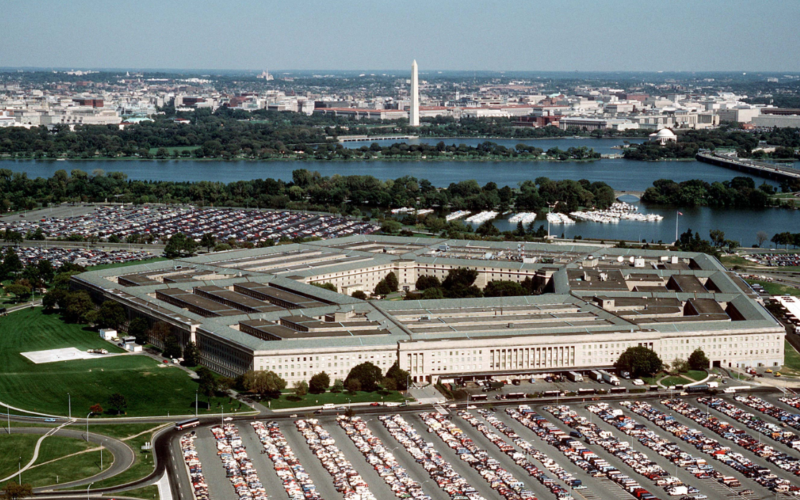The Department of Defense recently unveiled its intent to develop a new nuclear bomb, known as the B61-13, which is expected to be 24 times more potent than the bombs dropped during World War II. The Pentagon’s pursuit of this advanced nuclear variant requires congressional approval and funding.
Assistant Secretary of Defense for Space Policy, John Plumb, highlighted the evolving security landscape and increased threats from potential adversaries as the driving forces behind this decision. He emphasized the United States’ obligation to continually evaluate and deploy capabilities that can effectively deter and respond to strategic threats while also assuring its allies.
According to a fact sheet accompanying the announcement, the B61-13’s yield will be similar to the B61-7, which boasts a maximum yield of 360 kilotons. Comparatively, the bomb dropped on Hiroshima during World War II was approximately 15 kilotons, and the one on Nagasaki was 25 kilotons. The new weapon will also incorporate modern safety, security, and accuracy features from the B61-12.
This development follows a recent high-explosive experiment conducted by the U.S. at a nuclear test site in Nevada. According to Corey Hinderstein, the deputy administrator for defense nuclear nonproliferation at the National Nuclear Security Administration, the experiment aimed to advance technology in support of U.S. nuclear nonproliferation goals.
The B61-13 is designed to be deliverable by modern aircraft, providing the President with strategic options for targeting large-area military objectives. The Pentagon’s pursuit of this more powerful nuclear bomb reflects its commitment to adapting to evolving security challenges while maintaining a credible deterrent capability.








